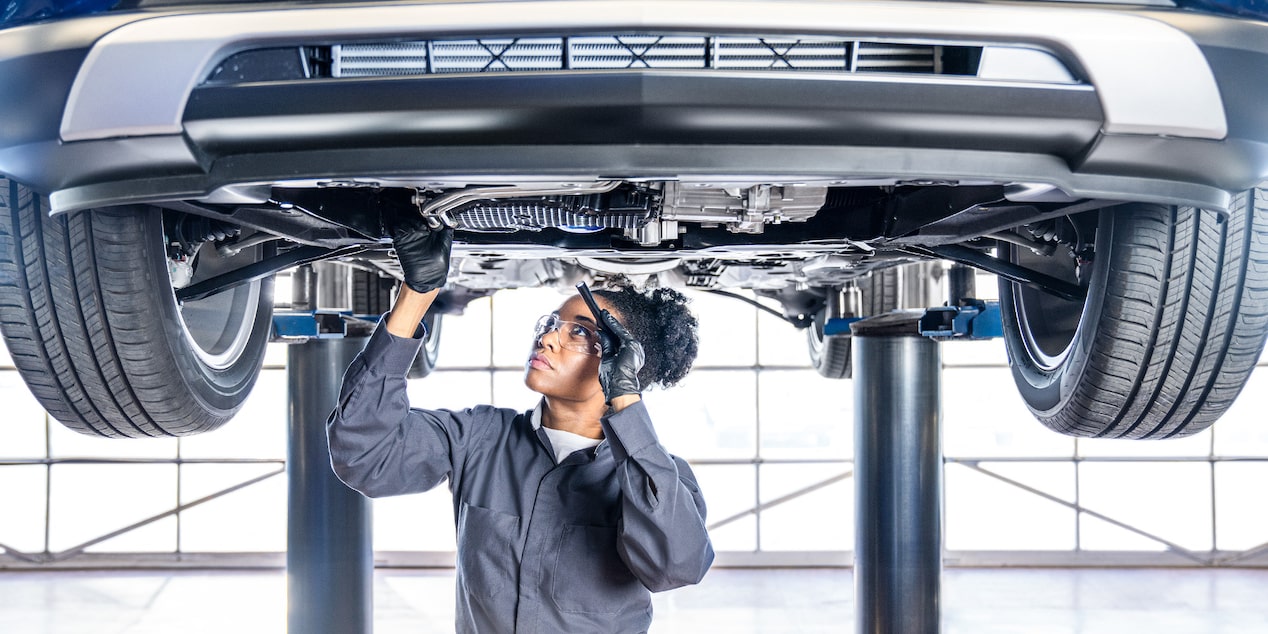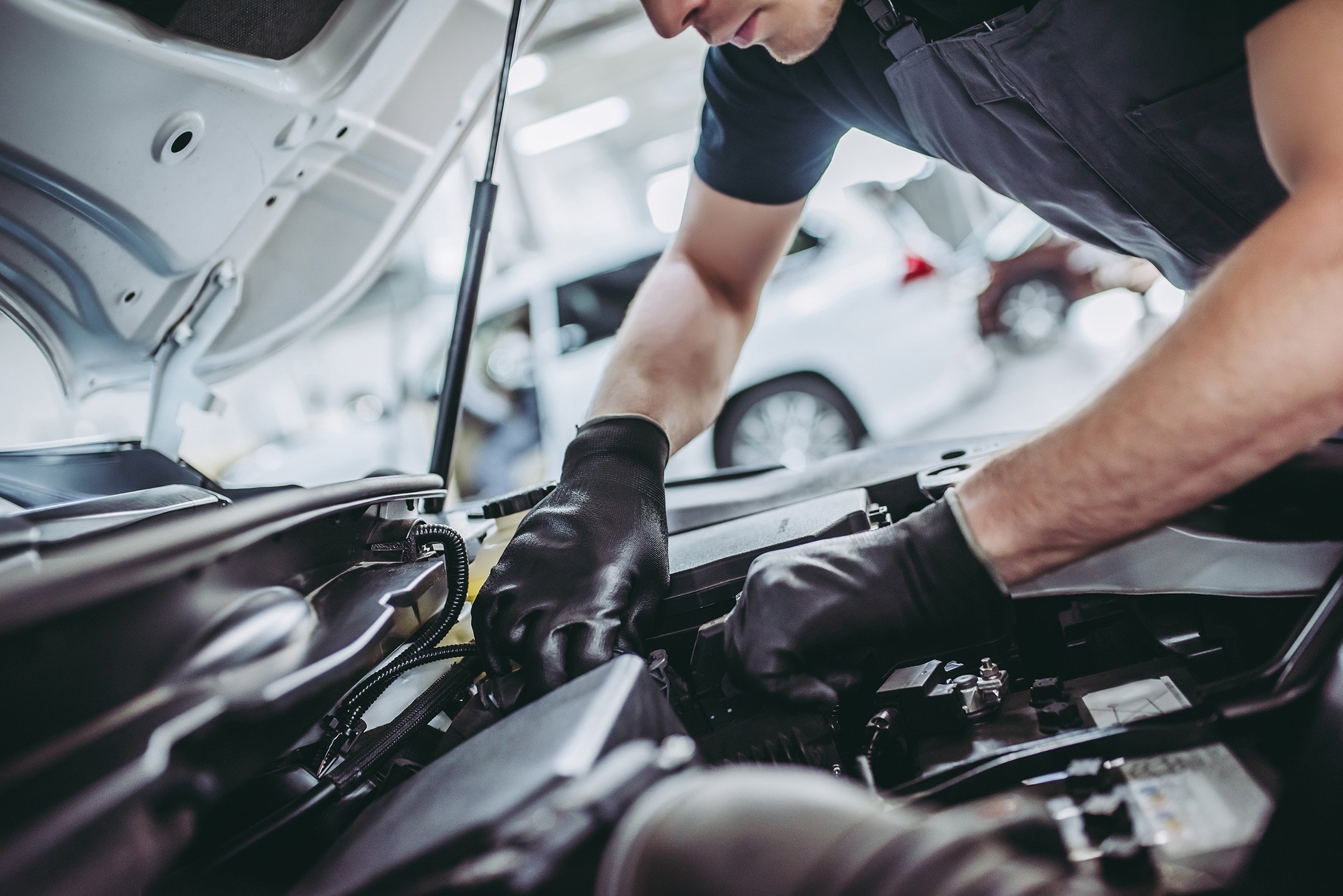All Categories
Featured

When it concerns automobile fixings or upgrades, one of one of the most vital decisions you'll deal with is whether to select Original Tools Producer (OEM) parts or aftermarket parts. Both choices offer distinctive benefits and drawbacks, so recognizing the differences in between them is important for making an informed choice. In this article, we'll explore the benefits and limitations of OEM and aftermarket parts to assist you choose which is ideal fit for your cars and truck.
What Are OEM Parts? OEM parts are generated by the very same supplier that made the initial elements in your lorry. These parts are made to satisfy the specific specifications of your vehicle, guaranteeing they are a precise fit and offer the exact same efficiency as the parts that featured the car when it was first built. OEM components are typically considered the "manufacturing facility standard" because they come straight from the auto's producer or a qualified vendor.

Among the primary advantages of using OEM parts is their ensured top quality. Given that these components are made to the very same standards as the originals, they commonly offer a perfect fit and trustworthy performance. Furthermore, numerous OEM components include a warranty, providing you satisfaction that you'll be safeguarded in situation of issues.
What Are Aftermarket Parts? Aftermarket parts are made by third-party suppliers that are not affiliated with your automobile's initial producer. These components are designed to fit a wide array of lorries and are usually less costly than OEM parts. Aftermarket parts can be utilized for regular repair work or upgrades, and they usually use a broader variety of choices compared to OEM components.

The primary appeal of aftermarket parts is their cost. They are typically valued reduced than OEM components due to the fact that they are produced by independent suppliers. Additionally, aftermarket components might offer better performance or extra features not readily available in OEM options. Aftermarket exhaust systems, brake pads, and suspension parts often provide enhancements in efficiency or appearances that might not be found in OEM parts.
Benefits of OEM Components. Precision and Compatibility: OEM parts are created specifically for your car's make and design, guaranteeing they fit flawlessly and carry out to the precise specifications needed. Guarantee Coverage: Many OEM components come with warranties, offering insurance coverage in instance of defects or premature failure. Quality control: Given that OEM components are made by the original supplier, they undergo the exact same strenuous top quality control standards as the parts set up in your lorry when it was very first developed. Resale Value: If you intend to sell your cars and truck, having OEM parts can aid keep its resale worth, as prospective buyers may be extra interested in a car that has been repaired with initial components. Benefits of Aftermarket Parts. Expense Cost savings: Aftermarket parts are usually less costly than OEM parts, which can be a considerable benefit if you're on a spending plan or wish to conserve cash on repair work. Variety and Personalization: Aftermarket parts provide a larger variety of choices, including performance upgrades and visual enhancements. For example, if you wish to raise horsepower or enhance your automobile's appearance, aftermarket alternatives can use special options. Schedule: Aftermarket parts are frequently simpler to find than OEM parts, especially for older automobiles that might no more have conveniently offered OEM elements. Efficiency Improvements: Some aftermarket components are made with efficiency in mind, such as high-performance brakes, air filters, or exhaust systems. These components can enhance your vehicle's overall performance and driving experience. Downsides of OEM Parts. Higher Cost: One of the most considerable disadvantage to OEM components is their expense. They are normally a lot more costly than aftermarket alternatives, which can add up promptly if your car requires numerous fixings. Restricted Personalization: OEM parts are made to restore your car to its initial specs, meaning they might not supply the very same variety of customization alternatives as aftermarket parts. Schedule Concerns: Depending upon the age of your automobile, specific OEM parts may be more challenging to locate or discontinued, making repair services harder. Drawbacks of Aftermarket Parts. Irregular Quality: While numerous aftermarket components are of top quality, others might be improperly made or lack the toughness of OEM components. It's essential to research the producer and read evaluations to guarantee the high quality of the part you're taking into consideration. Fitment Troubles: Aftermarket components are developed to fit a large range of cars, but they might not constantly provide the best fit that OEM components assure. This can cause installment concerns or suboptimal performance. No Guaranteed Warranty: While some aftermarket components include guarantees, they might not be resilient or as comprehensive as those supplied by OEM components. In some situations, making use of aftermarket components can likewise influence your car's warranty protection if it's still energetic. How to Decide Between OEM and Aftermarket Components. The choice between OEM and aftermarket components eventually relies on your particular demands, preferences, and budget plan. Below are a couple of factors to consider to assist lead your selection:
Budget plan: If conserving money is a concern, aftermarket components are generally the more budget friendly choice. Nonetheless, realize that less costly components may not last as long as OEM parts, which can lead to greater costs down the road. Vehicle Age and Problem: For newer automobiles, especially those under guarantee, it's typically a good idea to choose OEM parts to preserve the auto's stability and preserve its resale value. For older cars and trucks, aftermarket parts might be a lot more practical, particularly if the automobile is no much longer under guarantee or if you're trying to expand its life expectancy with cost-efficient options. Fixing Type: Certain critical repair work, specifically those relevant to safety (brakes, airbags, etc), are best handled with OEM components to ensure the highest degree of safety and efficiency. For non-essential repair work or modifications, aftermarket parts can provide an outstanding equilibrium of high quality and affordability. Efficiency and Modification: If you're searching for efficiency upgrades or unique personalization options, aftermarket components may be the most effective selection. Several aftermarket producers layout components specifically for enhancing your automobile's abilities, whether it's for far better performance or aesthetics. Verdict. Both OEM and aftermarket parts have their cons and pros, and the ideal selection depends on your particular requirements and top priorities. OEM parts are optimal for preserving the original high quality and performance of your car, while aftermarket parts offer expense savings, customization options, and a wider array of alternatives.
Latest Posts
Explore Leading Car Repair Solutions from Montclare Auto Repair – Quality Service Today
Published en
1 min read
Reasons Regular Vehicle Maintenance at Montclare Auto Repair Reduces Costs
Published en
1 min read
Unlock WyHy Federal Credit Union – Smart Money Management for Your Money Goals
Published en
1 min read
More
Latest Posts
Explore Leading Car Repair Solutions from Montclare Auto Repair – Quality Service Today
Published May 29, 25
1 min read
Reasons Regular Vehicle Maintenance at Montclare Auto Repair Reduces Costs
Published May 27, 25
1 min read
Unlock WyHy Federal Credit Union – Smart Money Management for Your Money Goals
Published May 25, 25
1 min read